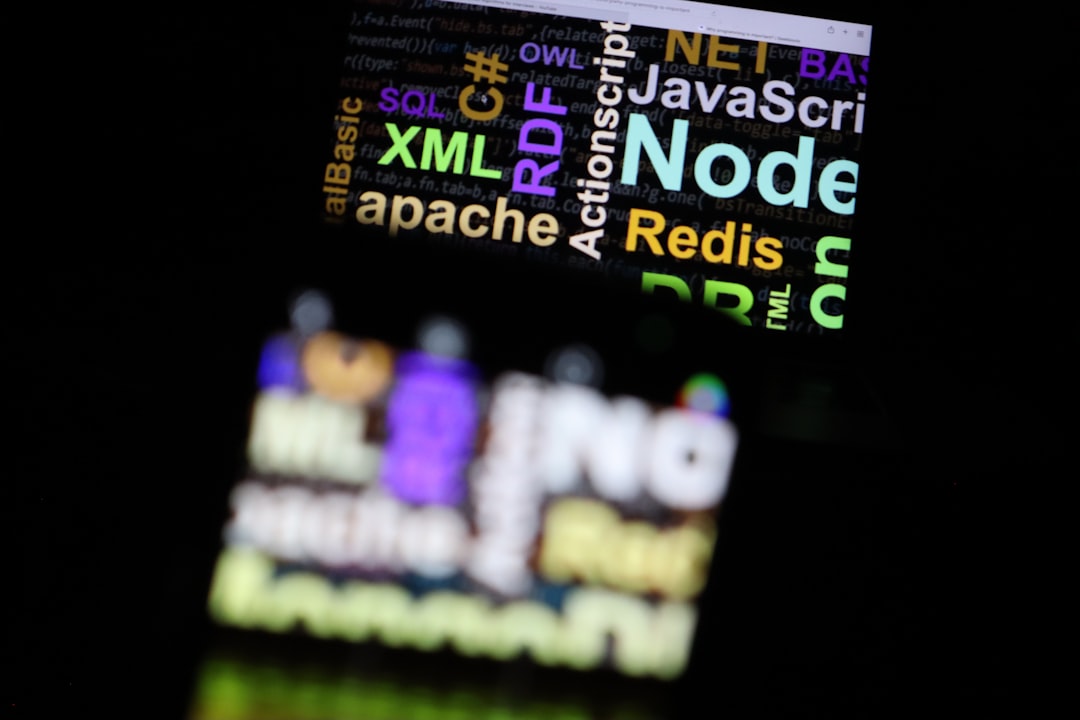Building a Single-Page Application (SPA) with Django Templates and Vanilla JavaScript
Overview of SPA Concepts and Django's Role
A Single-Page Application (SPA) is a web application that provides a fluid, desktop-like experience by loading a single HTML page and dynamically updating content without full page reloads. Instead of the server delivering a new HTML page for each navigation, the SPA loads data asynchronously (e.g. via AJAX/fetch) and updates the existing page’s DOM using JavaScript. As a result, after the initial page load, further interactions fetch content or data in the background and inject it into the page, giving a seamless experience to the user. This contrasts with traditional multi-page applications where each click triggers a full page refresh from the server.
In a typical modern SPA, frontend frameworks like React, Vue, or Angular handle routing and rendering on the client side, and the backend (like Django) often serves a JSON API. However, you can build an SPA using just Django templates …















